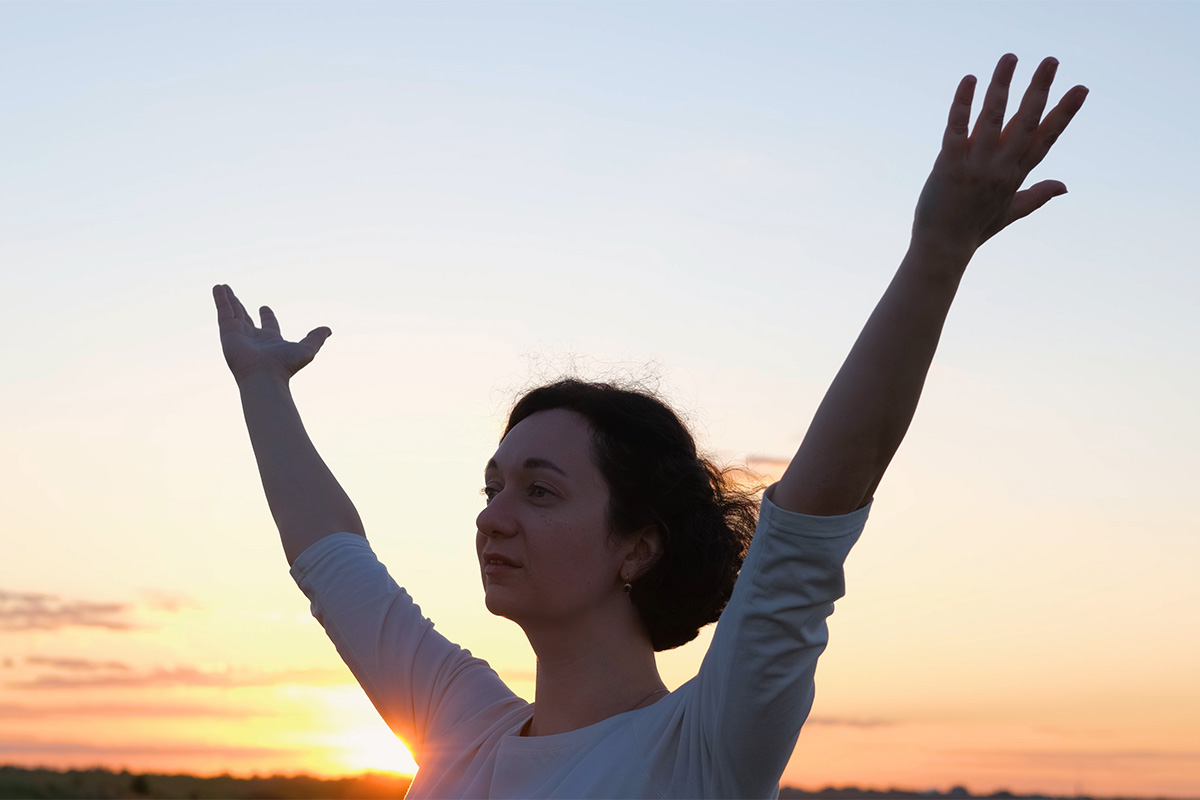Blog Articles
Knowledge is power! Our blog is a hub for tips, tricks, resources, and information to help you live your absolute best life, no matter where you are in your Parkinson’s journey.
Featured Article


Give to PCLA: Empowering the Parkinson’s Community Together
Nutrition



Swallowing and Parkinson’s: Why It Matters and What You Can Do
Parkinson’s disease can affect swallowing. These are the signs to watch for, potential health risks, and effective treatments to keep mealtimes safe and enjoyable.
Exercise



Qigong – Baduanjin for Parkinson’s: Simple and Graceful Movements
Qigong is an ancient Chinese practice that combines gentle movement, breathing exercises, relaxation techniques, and meditation. The slow, rhythmic movements of Baduanjin may help improve balance, coordination, and flexibility while promoting relaxation and mental focus.


Tai Chi for Parkinson’s: Meditation and Balance in Motion
Tai chi is an ancient Chinese martial art that blends gentle, flowing movements with mindful breathing to create a powerful mind-body practice. For people with Parkinson’s, it offers both physical and mental benefits—helping improve balance, reduce fall risk, and enhance overall well-being.
Sleep Hygiene

Lifestyle



Give to PCLA: Empowering the Parkinson’s Community Together
Discover ways to support Parkinson’s Community Los Angeles. Donate monthly, give your time, or even donate your car to empower the PCLA community.
Mental Health



Finding Connection: Why Community Matters in Parkinson’s
Discover why community is essential for people with Parkinson’s, through social support, speech therapy, exercise, and support groups.
Parkinson's Symptoms



What Age Is YOPD? Here’s What To Know
YOPD, also known as early-onset Parkinson’s, refers to PD diagnosed in people under 50. Here’s what to know, plus words from PCLA’s own YOPD community.
Research



How Biomarkers Are Changing Parkinson’s Detection
An exploration of Parkinson’s biomarkers and how research in this field could transform PD diagnosis in the near future.
Donate Today,
Change Lives Forever
PCLA is powered by generous contributions from people like you.
Please consider donating today so we can continue to provide critical support to those impacted by Parkinson’s.














